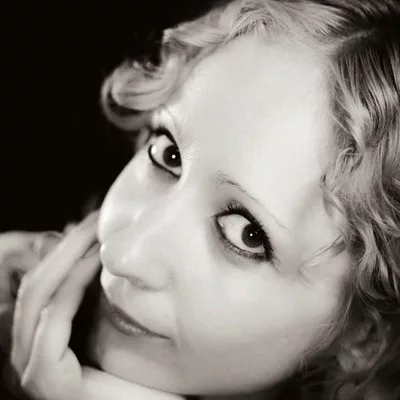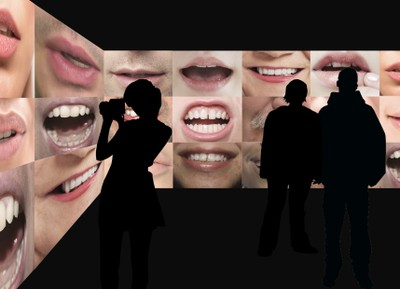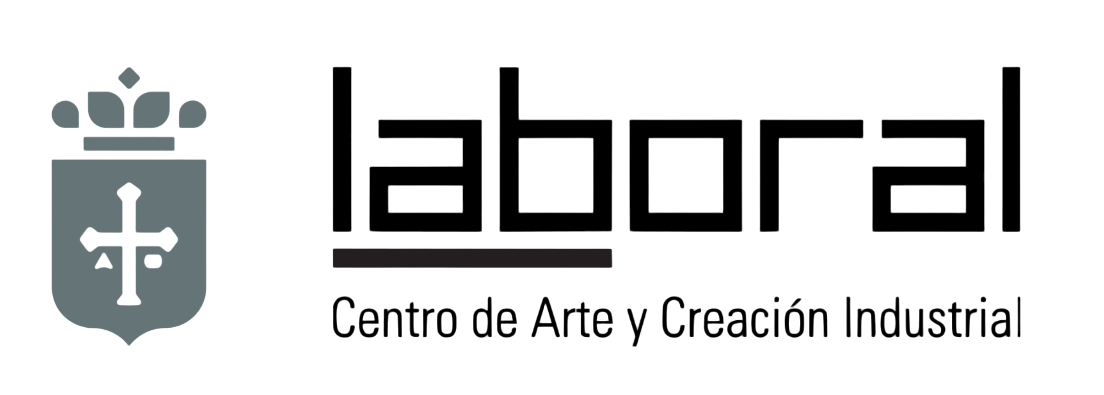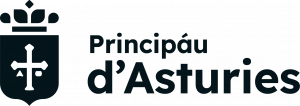Denica Veselinova
13 March 2017 – 31 March 2017
Denica Veselinova (Bulgaria, 1983. Lives and works in Madrid) is a Spanish visual artist who uses multiple disciplines in her work, such as installation, interaction, video, photography or drawing.
She began her art studies at the age of 12 in Bulgaria, continuing her education at the National School of Fine Arts “Ilia Petrov” (Sofia, Bulgaria) specializing in painting (1996-2001). She finished her secondary studies with a special mention, first in her class. She has a degree in Fine Arts from the Complutense University of Madrid and a Master in “Art, Creation and Research” from the same university.
In 2005-2006 she enjoyed the “Erasmus” scholarship at the Academy of Fine Arts in Rome and in 2006-2007 she obtained the “Seneca” scholarship at the University of La Laguna, Santa Cruz de Tenerife. This same year he enjoyed a scholarship for artistic research at the Contemporary Engraving Center of the City Council of Santa Cruz de Tenerife, which culminated in a solo exhibition at the same center (2007). In 2008 he enjoyed a scholarship at the Department of Painting and New Technologies of the Faculty of Fine Arts, Complutense University of Madrid. In 2011-2014 she obtained a training and research grant at Aula Mentor, Ministry of Education, Culture and Sport.
In 2010 she was awarded the prize for “Most Promising Video Artist” at the MADATAC Festival with her work Ensoñación Líquida. In 2016 she was awarded in the XXVII Edition of Circuitos de Artes Plásticas de la Comunidad de Madrid to produce the interactive installation NotMakeSense (2016), which was exhibited in January 2017 at Sala Arte Joven, Madrid.

Project in residence
Mouthsaic
Interactive installation
Mouthsaic explores the way in which digital tools alter or even destroy the original human message, making communication between people of different languages impossible and producing in “the cloud” an interesting conversation between humans and machines through different codes. This cloud can be visualized and listened to for an instant in the form of a great contemporary tower of babel.
Voice recognition, facial recognition, simultaneous translation and other current tools will lead the visitor not only to participate, but to become part, for a brief moment, of the work itself.



